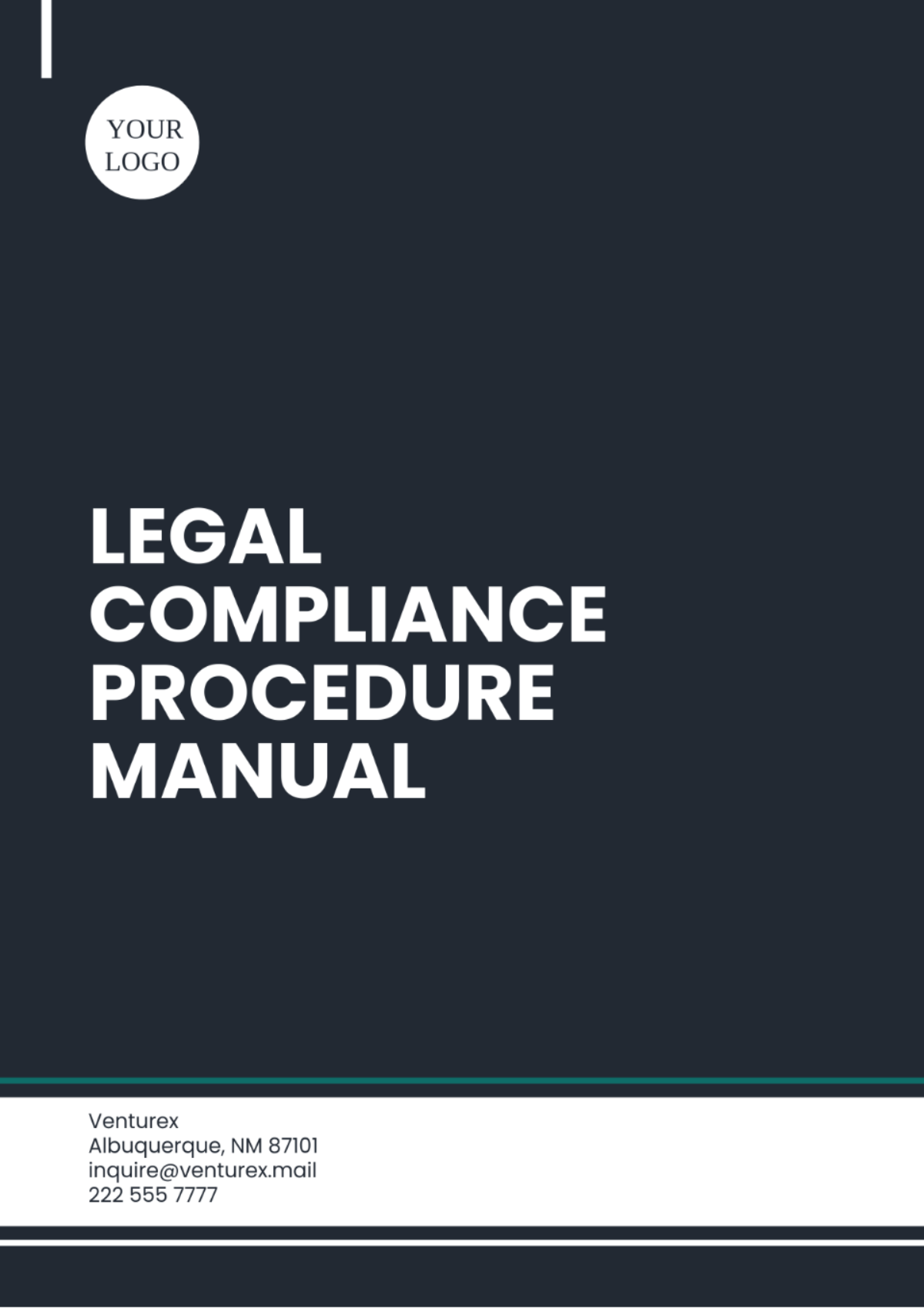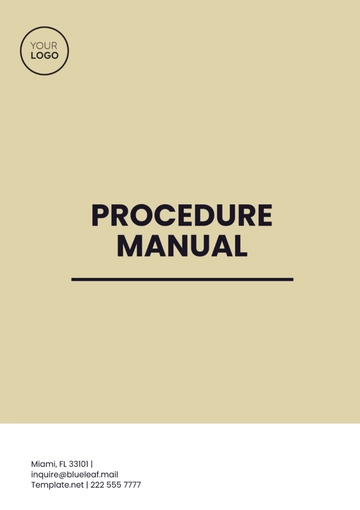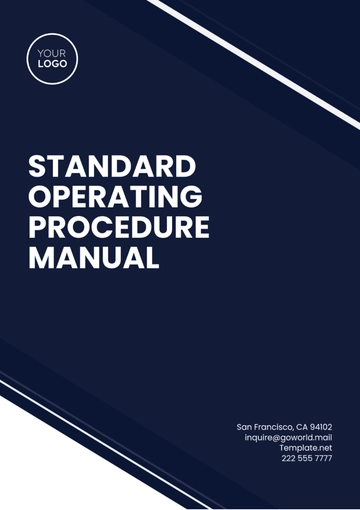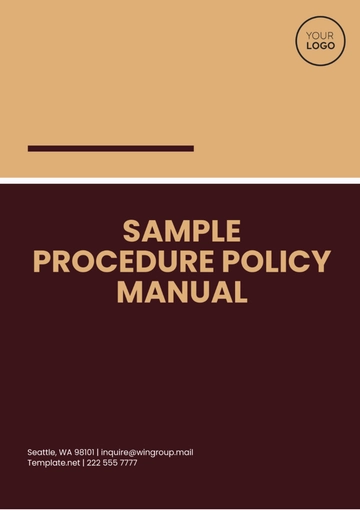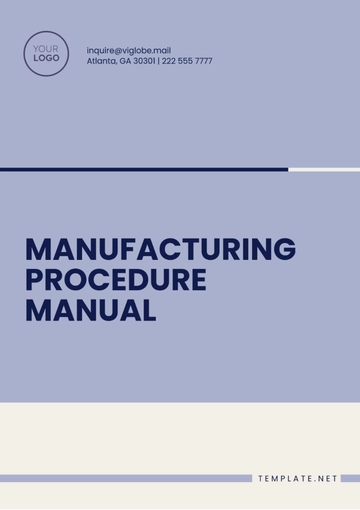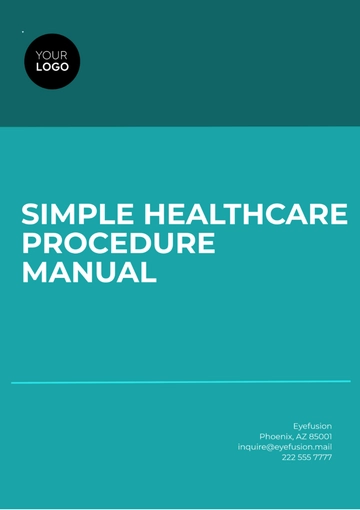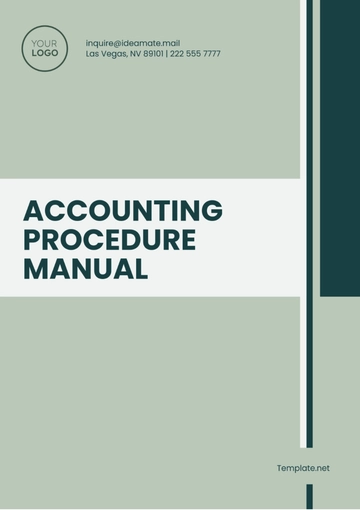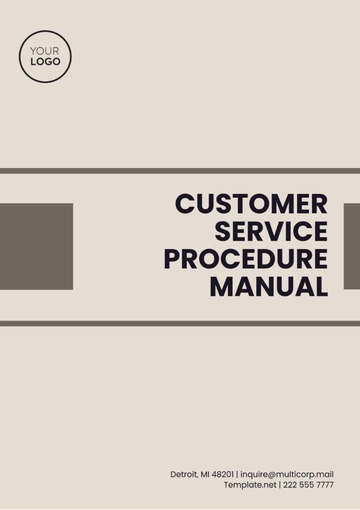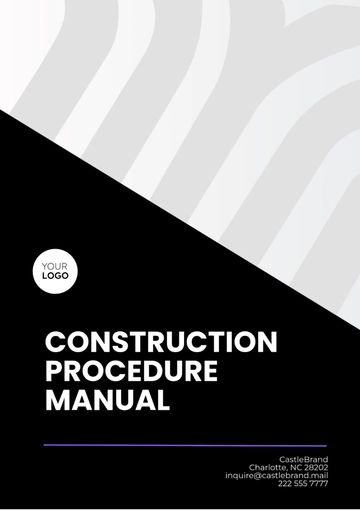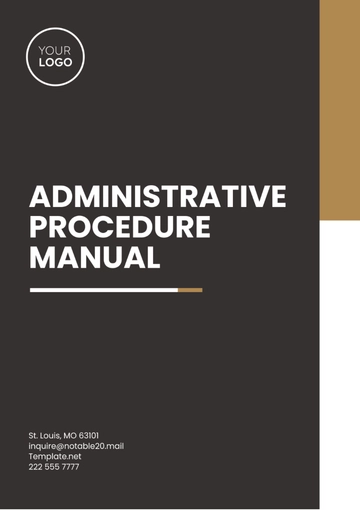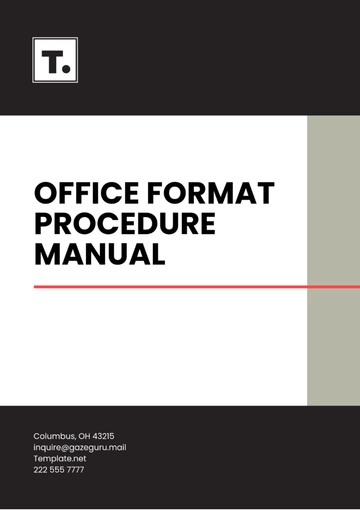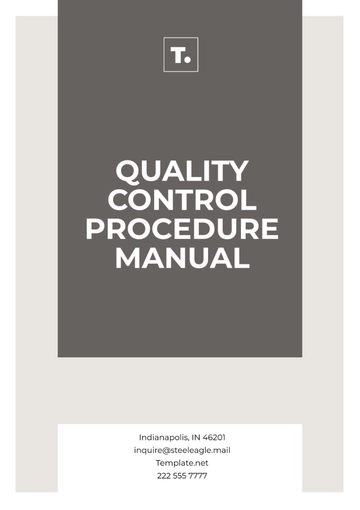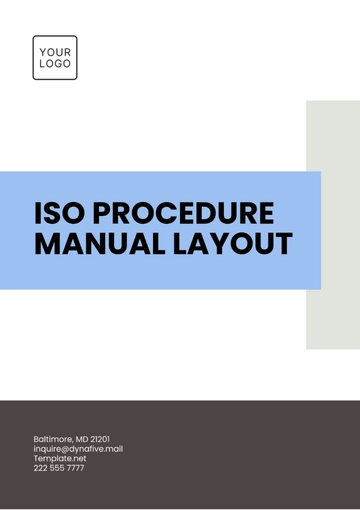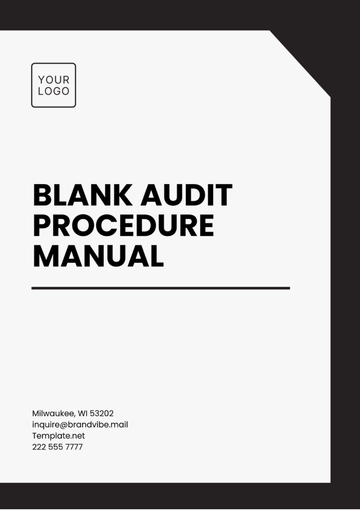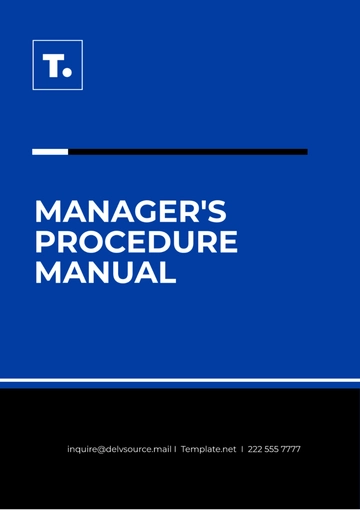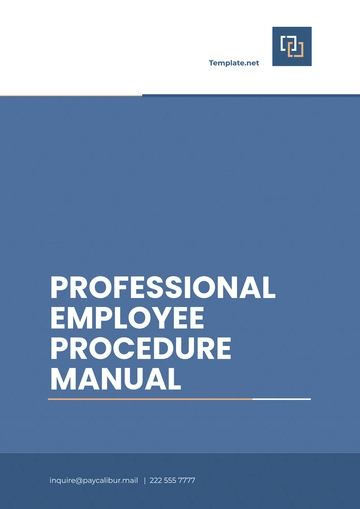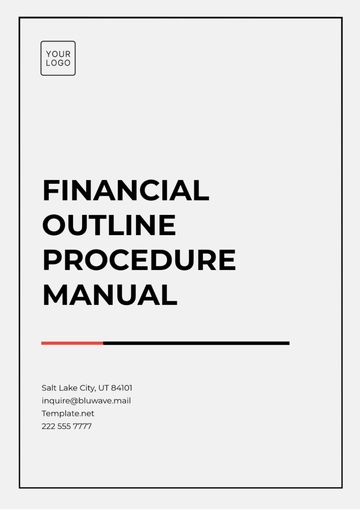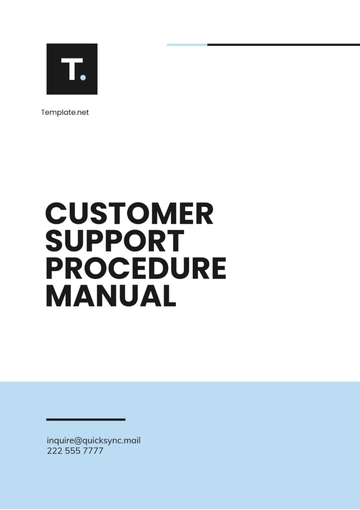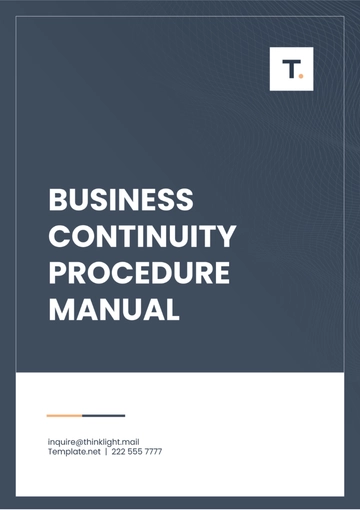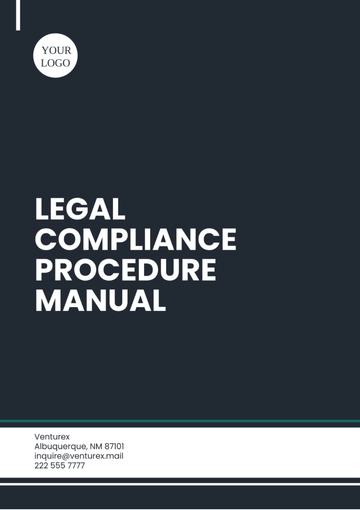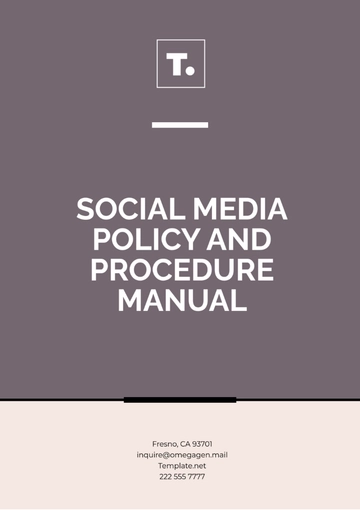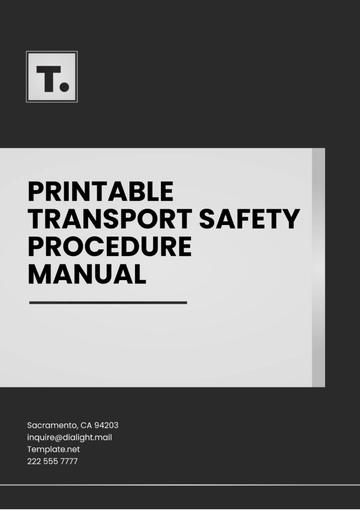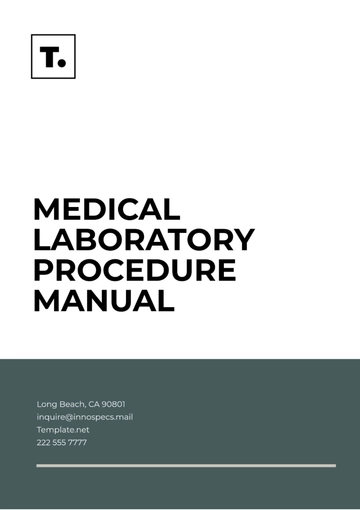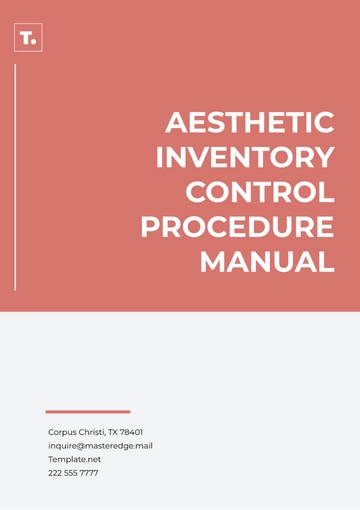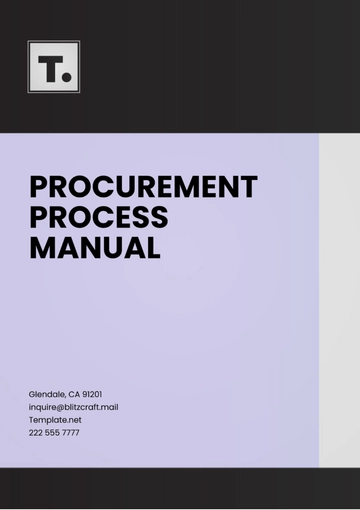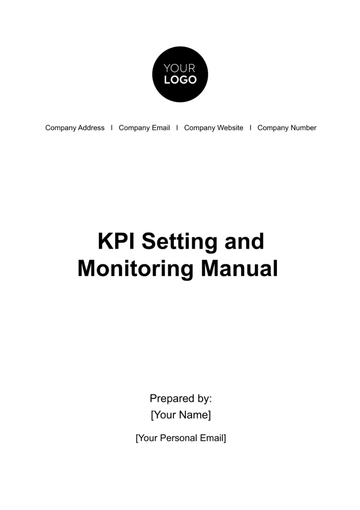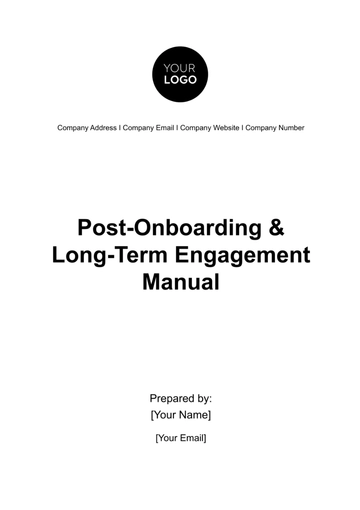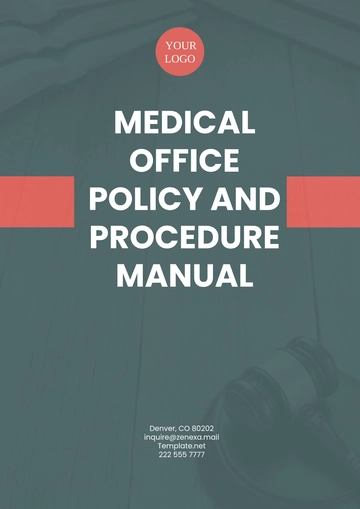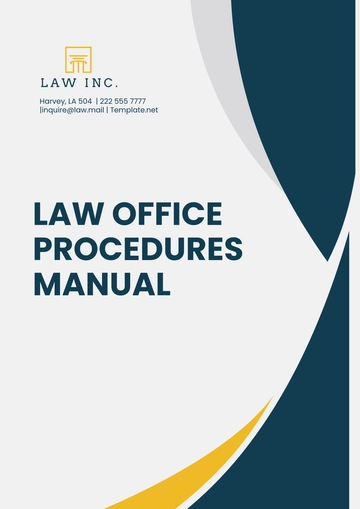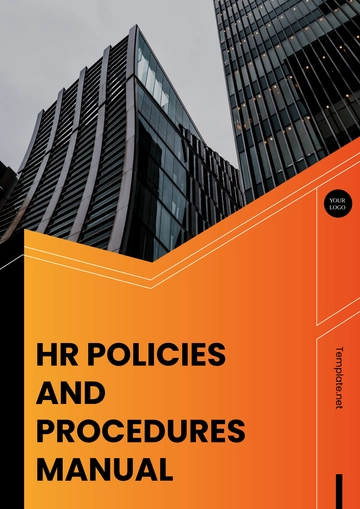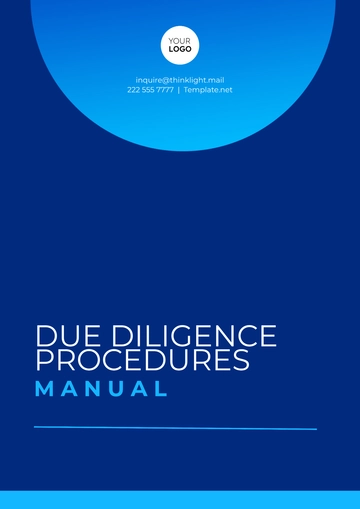Legal Compliance Procedure Manual
Prepared by: [Your Name]
Date: January 1, 2060
I. Introduction
The purpose of this Legal Compliance Procedure Manual is to ensure that the organization adheres to all relevant laws, regulations, and standards in its operations. This document provides a comprehensive framework to guide employees and management in understanding their roles and responsibilities in maintaining legal compliance.
II. Compliance Policies
The following compliance policies outline the organization’s commitment to abide by applicable legal requirements. These policies serve as the foundation for operational procedures and employee behavior:
Privacy and Data Protection Policy: This policy governs the collection, storage, and protection of personal data, ensuring that the organization complies with privacy laws and regulations, including GDPR (General Data Protection Regulation) or CCPA (California Consumer Privacy Act).
III. Roles and Responsibilities
IV. Procedures and Processes
The following procedures outline the steps necessary to ensure compliance with legal requirements:
Reporting Violations: Employees must report any potential legal violations or non-compliance issues immediately through the established channels, ensuring prompt investigation and resolution.
Conducting Risk Assessments: Periodic risk assessments are conducted to identify potential legal or regulatory risks and determine appropriate action to mitigate these risks.
Internal Audits: Regular audits are carried out by the compliance team to ensure that all departments adhere to established legal procedures.
Record Keeping: Accurate documentation is maintained to demonstrate compliance, including audit logs, training records, and reports of compliance-related activities.
V. Training and Education
Training Type | Description |
|---|
Initial Training | All new employees receive training on the organization's legal compliance policies as part of their onboarding process. |
Ongoing Training | Annual refresher courses and training sessions ensure employees remain updated on current laws, regulations, and compliance protocols. |
Specialized Training | Employees in roles with specific compliance risks (e.g., data management, procurement) receive additional specialized training. |
VI. Monitoring and Auditing
The company regularly monitors its compliance practices through internal audits, compliance assessments, and external audits where necessary. Monitoring includes:
VII. Reporting and Documentation
Documentation Requirements: All compliance-related actions, including risk assessments, training sessions, and audit results, must be properly documented and maintained for a minimum of five years.
VIII. Penalties for Non-Compliance
Disciplinary Action: Failure to comply with the organization's legal policies will result in disciplinary action, which may include termination of employment, legal action, or financial penalties, depending on the severity of the violation.
Legal Consequences: Serious legal violations may expose the company to lawsuits, fines, and reputational damage. The organization is committed to taking swift and appropriate action to address violations.
Corrective Measures: In cases of non-compliance, the organization will implement corrective measures to ensure that such issues do not arise again, including revising procedures or providing additional training.
IX. Conclusion
This Legal Compliance Procedure Manual serves as a vital resource for ensuring that the organization remains compliant with all relevant laws and regulations. It is the responsibility of all employees to adhere to these guidelines and actively contribute to maintaining a lawful and ethical workplace.
Manual Templates @ Template.net
